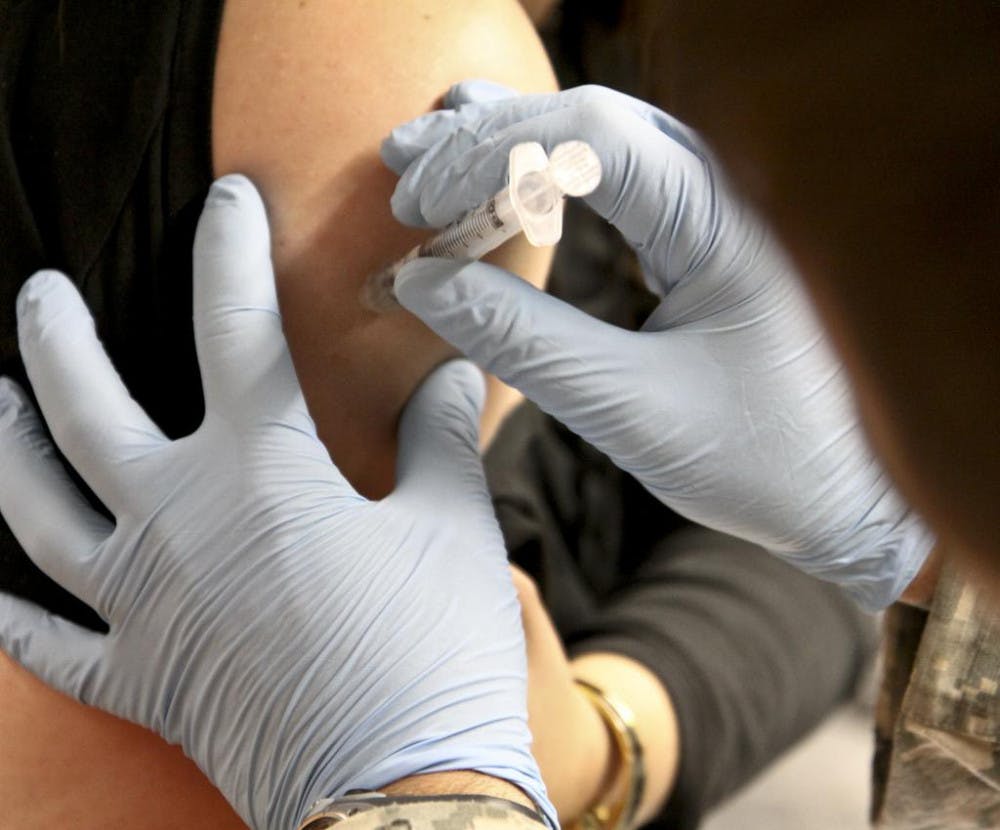Throughout Mercer’s campus more and more students appear to be sick this flu season compared to previous years. This flu season has seen an increased number of cases because of the H3N2 strain, which is the most severe strain in the Influenza A category, according to the Centers for Disease Control and Prevention.
Influenza A and Influenza B are divided based on years of isolation, geographic area and other factors. Only type A, which is more widespread, has subcategories like the H3N2 and H1N1 viruses.
The dominant types of Influenza A also change each year because of mutations in the strains that make it difficult to predict how severe the season will be and what strain will affect people the most.
Mercer sophomore James Ruffin says he has seen some Mercer students take a hit this flu season.
“I have seen a lot more people getting sick around campus, and it just sucks because it slows down your body, makes you weak and lazy,” Ruffin said.
Being sick can also affect class attendance.
“I would imagine 30 to 40 percent of kids have missed at least one class. It’s hard to tell if they are missing just to miss,” Mercer professor Derek Glasgow said. “But I have seen the flu be more rampant this season, and when you live close together, it is inevitable.”
Senior Jacob Harvey was affected by the flu a few weeks ago, but he says it only lasted a few days.
“I had a sore throat. My body was aching all over. I just felt really sick. It was really awful,” Harvey said.
According to the CDC, flu vaccines are only moderately preventing this flu season. It is approximately preventing 48 percent of influenza cases. Seasons in which H3N2 dominate the season are harsher because they tend to affect adults at a higher and harsher rate compared to younger people.
Flu vaccines are constantly being updated because they are made up of different vaccines. However, the H3N2 component of the vaccine has not been as effective as other components, says the CDC.
According to five surveillance sites investigated by the CDC, the flu vaccine offered around 43 percent coverage of influenza. This is low compared to other components present in the vaccine that protect around 70 percent of cases.
The last H3N2-dominated flu season was in 2014-2015. CDC data from that season showed the vaccine offered virtually no protection against H3N2 viruses. This is because the target virus of the vaccine did not accurately match the virus strand making people sick.
The peak of flu season in typically between December and March, according to the CDC. In order to prevent catching or spreading the flu, the CDC recommends avoiding close contact with people who are sick, stay home when you are sick, cover your nose and mouth, avoid contact with your eyes, nose and mouth and clean your hands often.
Some at Mercer feel impact of unusually strong flu strain





